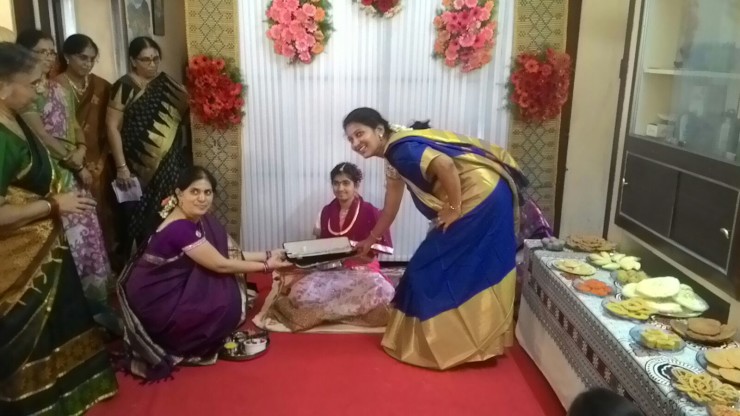COMMENTARY by Sinu Joseph, Managing Trustee, Mythri Speaks Trust
We—activists, journalists, social workers and the new breed of social entrepreneurs who use menstruation to make a living—like to think that the work we do is very important, especially if it caters to girls and women in India, Africa or another part of the “developing world.” And even if we don’t work in a developing world, our opinions about it are truly note-worthy. Take for instance the April 2016, Newsweek article on menstruation. After the initial brief description of the situation in her backyard, Abigail Jones, writes:
If all this sounds unfair, try getting your period in the developing world. Taboos, poverty, inadequate sanitary facilities, eager health education and an enduring culture of silence create an environment in which girls and women are denied what should be a basic right: clean, affordable menstrual materials and safe, private spaces to care for themselves. At least 500 million girls and women globally lack adequate facilities for managing their periods, according to a 2015 report from UNICEF and the World Health Organization (WHO). In rural India, one in five girls drops out of school after they start menstruating, according to research by Nielsen and Plan India, and of the 355 million menstruating girls and women in the country, just 12 percent use sanitary napkins.
What actually is unfair is the poor research and judgemental views made by the author about India and developing countries.
Nowhere but in India and a few other ancient societies do you find menarche being celebrated with family, friends and neighbours, including men. During these rituals, it is the girl’s maternal uncle who brings gifts and goodies, while the elderly women teach her how to manage her period. When she gets married, every month during her period, her husband takes over all household chores, including cooking and caring for the children, so that she can rest. What “meager health education” and “culture of silence” is Jones talking about?
As for hygienic management, is there a study on how “hygienic” are the ways of women in the developed countries? What if I, as an Indian, wrote an article about how people in the West use paper and not water (as we do in India) to clean their bottoms? What if I did studies that showed how using water is more hygienic than paper because of the rashes, odour and mess that paper causes? And when women in the West refuse to talk about how they clean their bottom, what if I start a Bottom Hygiene Management campaign to break the taboo and shame around cleaning bottoms?
How an article in Newsweek could quote from a questionable study by The Neilson Company and Plan India–that appears to be published nowhere and is unavailable on the Internet–is remarkable. And worse, most media stories on menstruation in India and developing countries repeat the same information without validating it. (Editor’s Note: Despite our best efforts, we were only able to locate a “Confidential and Proprietary” PPT presentation summarizing the study.)
Our recent review of about 100 research papers on menstruation in India and the rest of the world showed that much of what we assume and what is said about menstruation in developing countries is far from the truth. For instance:
♦ The Neilson study statistic that 12% of Indian women use sanitary napkins is incorrect and can be verified with several other research studies done in India. WASH United representatives agree this study is problematic.
♦ Regarding girls missing school due to menstruation, the numbers are 17% in Canada, 21% in Washington D.C, 24% in Singapore, and 26% in Australia and 38% in Texas, which is greater than or equal to the numbers in developing countries.
♦ There is little evidence to prove that use of cloth causes reproductive tract infections (RTIs).
Most revealing are the menstrual health indicators. While 22% to 54% of women in UK, US and Australia suffer from heavy menstrual bleeding, the numbers range from 1.6% to 18.7% in India and 1% to 35% in other developing countries. Similar differences are seen in occurrence of other menstrual disorders such as dysmenorrhea (painful menstruation) and oligomenorrhea (cycles farther apart than 36 days but shorter than 180 days).
Yes, the Newsweek article was a big victory for many women in the West who are fighting for menstrual equality and removal of the tampon tax, and the story must have helped their cause. But in the process, they overlooked what’s being said about India and developing countries. We hope that in future amends are made and facts are checked before making sweeping statements about menstruation in the developing world.
Just because developing countries have a very different way of doing things, it does not mean that they are backward. It simply means that it is different. And refreshingly so, if we cared to understand it.
A comprehensive write-up of our study and the referred papers can be viewed at this link: Menstruation: Rhetoric, Research, Reality.
Sinu Joseph is an educator, writer, counsellor, and activist who has travelled extensively across rural India interacting with more than 17,000 adolescent girls and women to explore practices and problems first hand.


